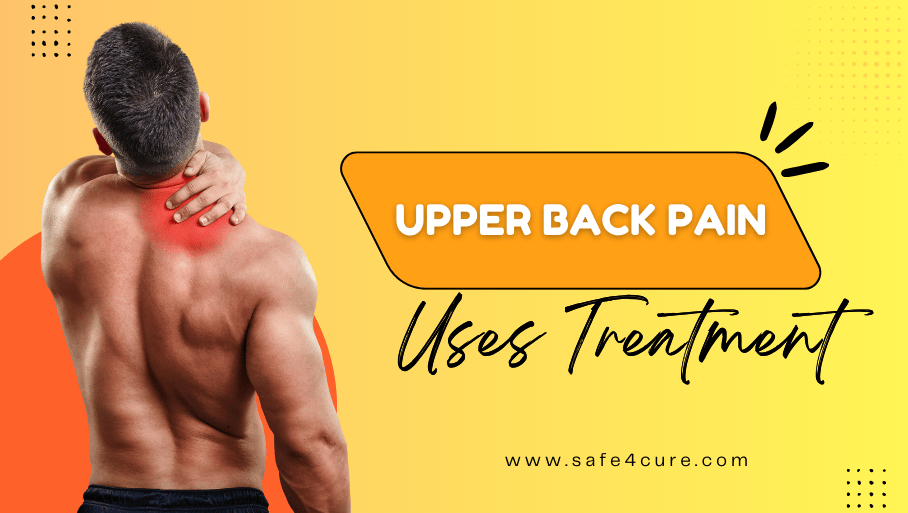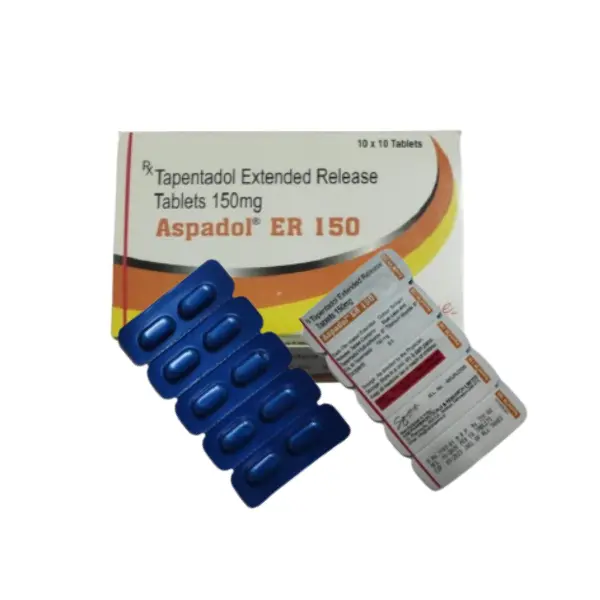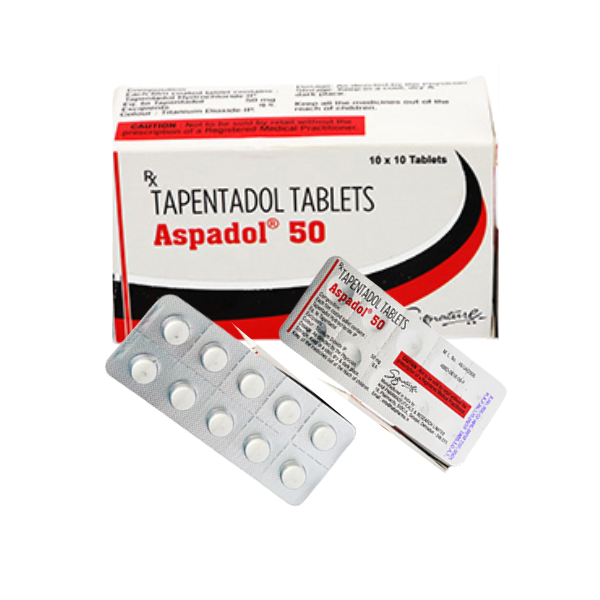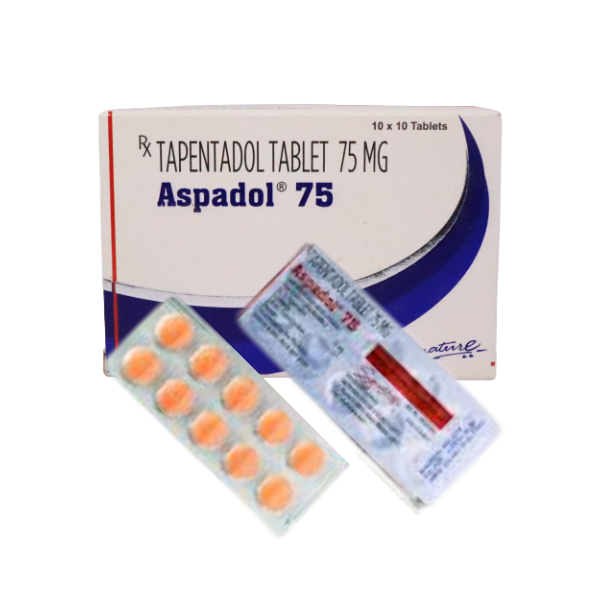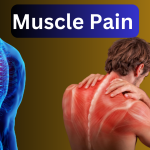Upper back pain is a common health concern that affects people of all ages, from working professionals who spend hours at desks to athletes and older adults. Unlike lower back pain, which is more frequently discussed, upper back pain occurs in the thoracic spine, the region between the base of the neck and the bottom of the rib cage. This area of the spine is less mobile than the lower back, but pain here can be equally disruptive, limiting daily activities and reducing quality of life.
This article explores the causes, symptoms, risk factors, and treatment approaches for upper back pain while also highlighting lifestyle tips to prevent it.
Anatomy of the Upper Back
The upper back, also known as the thoracic spine, is made up of 12 vertebrae (T1–T12). These bones are attached to the rib cage, making the region more stable and less prone to injury compared to the lower back. Supporting structures include:
- Intervertebral discs that act as cushions between the bones.
- Muscles and tendons that provide strength and movement.
- Ligaments that stabilize the vertebrae.
- Nerves that branch out to the chest and upper body.
When any of these structures are strained, irritated, or injured, pain in the upper back can occur.
Common Causes of Upper Back Pain
Upper back pain does not always stem from one single reason. Instead, it can result from multiple factors related to posture, lifestyle, or medical conditions.
1. Poor Posture
One of the leading causes is prolonged poor posture. Spending hours hunched over computers, mobile devices, or desks can lead to muscle fatigue and stress on the thoracic spine. Over time, this creates tension and stiffness in the upper back muscles.
2. Muscle Overuse or Strain
Repetitive motions such as lifting, pulling, or twisting can strain the upper back muscles. Athletes, laborers, and even individuals carrying heavy backpacks may develop soreness or injury in this region.
3. Trauma or Injury
Accidents such as falls, sports injuries, or car crashes can cause sprains, fractures, or soft tissue damage. Even mild injuries may result in chronic discomfort if not treated properly.
4. Herniated or Bulging Discs
Though more common in the lower back, disc problems can also occur in the thoracic spine. A herniated disc may press on nerves, leading to sharp pain, numbness, or tingling.
5. Arthritis
Conditions like osteoarthritis or rheumatoid arthritis can affect the upper back, causing stiffness, inflammation, and reduced mobility.
6. Myofascial Pain
This occurs when trigger points—tight knots in the muscles—develop due to stress, overuse, or inactivity. These knots can cause localized pain or radiate discomfort to other areas.
7. Serious Medical Conditions
In rare cases, upper back pain may signal more serious issues such as spinal infections, tumors, osteoporosis, or heart problems. For example, chest pain that radiates to the back may be linked to cardiac issues and requires urgent medical attention.
Symptoms of Upper Back Pain
The intensity and type of pain may vary depending on the cause. Common symptoms include:
- Sharp or stabbing pain in the middle or upper back.
- Dull, aching discomfort that worsens with activity or prolonged sitting.
- Stiffness and reduced flexibility in the shoulders and spine.
- Muscle tightness or spasms in the affected area.
- Radiating pain to the chest, arms, or lower body in cases of nerve involvement.
Recognizing these symptoms early is important to prevent the condition from worsening.
Risk Factors for Upper Back Pain
Certain factors increase the likelihood of developing upper back pain:
- Sedentary lifestyle and lack of exercise.
- Poor ergonomics at workstations.
- Heavy lifting without proper form.
- Smoking, which weakens bones and reduces blood flow to spinal tissues.
- High stress levels, leading to muscle tension.
- Age-related changes, including disc degeneration and arthritis.
Cure Back Pain
Diagnosis of Upper Back Pain
If upper back pain persists for more than a few weeks or becomes severe, consulting a healthcare professional is essential. Diagnosis often includes:
- Physical examination to check posture, muscle strength, and flexibility.
- Medical history to assess lifestyle habits and previous injuries.
- Imaging tests such as X-rays, MRI, or CT scans to detect structural problems.
- Blood tests if infections or inflammatory conditions are suspected.
Accurate diagnosis ensures the right treatment plan.
Treatment Options for Upper Back Pain
Treatment for upper back pain depends on its underlying cause and severity. Options range from conservative care to advanced medical procedures.
1. Self-Care and Lifestyle Changes
- Rest and activity modification help relieve mild pain.
- Heat or cold therapy can reduce inflammation and soothe sore muscles.
- Posture correction is crucial, especially for those with desk jobs.
2. Physical Therapy
A physical therapist may recommend exercises to strengthen back muscles, improve flexibility, and restore posture. Techniques like stretching, resistance training, and manual therapy often speed up recovery.
3. Medications
- Over-the-counter pain relievers such as ibuprofen or acetaminophen help with mild pain.
- Muscle relaxants may be prescribed for severe spasms.
- Topical creams with anti-inflammatory agents can provide localized relief.
4. Injections
In cases of chronic pain, corticosteroid injections may reduce inflammation and provide temporary relief.
5. Alternative Therapies
- Chiropractic care focuses on spinal adjustments to relieve tension.
- Acupuncture may improve blood flow and reduce pain.
- Massage therapy helps relax tight muscles and release trigger points.
6. Surgery
Surgery is rarely required for upper back pain but may be considered in cases involving severe disc herniation, fractures, or spinal tumors.
Preventing Upper Back Pain
Prevention is always better than cure. Adopting healthy habits can significantly reduce the risk of upper back pain.
- Maintain good posture by keeping your spine aligned and shoulders relaxed.
- Exercise regularly, focusing on core strength and flexibility.
- Use ergonomic furniture that supports proper sitting and working positions.
- Lift correctly by bending at the knees and keeping the load close to the body.
- Avoid prolonged sitting by taking breaks every 30–60 minutes.
- Manage stress through relaxation techniques like yoga, meditation, or deep breathing.
When to See a Doctor
While most cases of upper back pain improve with home care, certain symptoms should not be ignored. Seek medical attention if you experience:
- Severe pain that does not improve with rest.
- Pain accompanied by fever, weight loss, or fatigue.
- Numbness, tingling, or weakness in the arms or legs.
- Chest pain that radiates to the back, which may indicate a heart problem.
Prompt evaluation ensures serious conditions are ruled out and treated early.
Conclusion
Upper back pain is a growing concern in today’s modern lifestyle, especially with increased screen time and sedentary habits. Although it is often less discussed than lower back pain, it can cause significant discomfort and impact productivity. Fortunately, most cases can be managed with a combination of self-care, lifestyle changes, physical therapy, and medical treatment when necessary.
By adopting healthy habits such as maintaining proper posture, exercising regularly, and managing stress you can protect your spine and reduce the risk of recurring upper back pain. If symptoms persist or worsen, consulting a healthcare professional ensures timely diagnosis and effective treatment, helping you return to an active and pain-free life.

